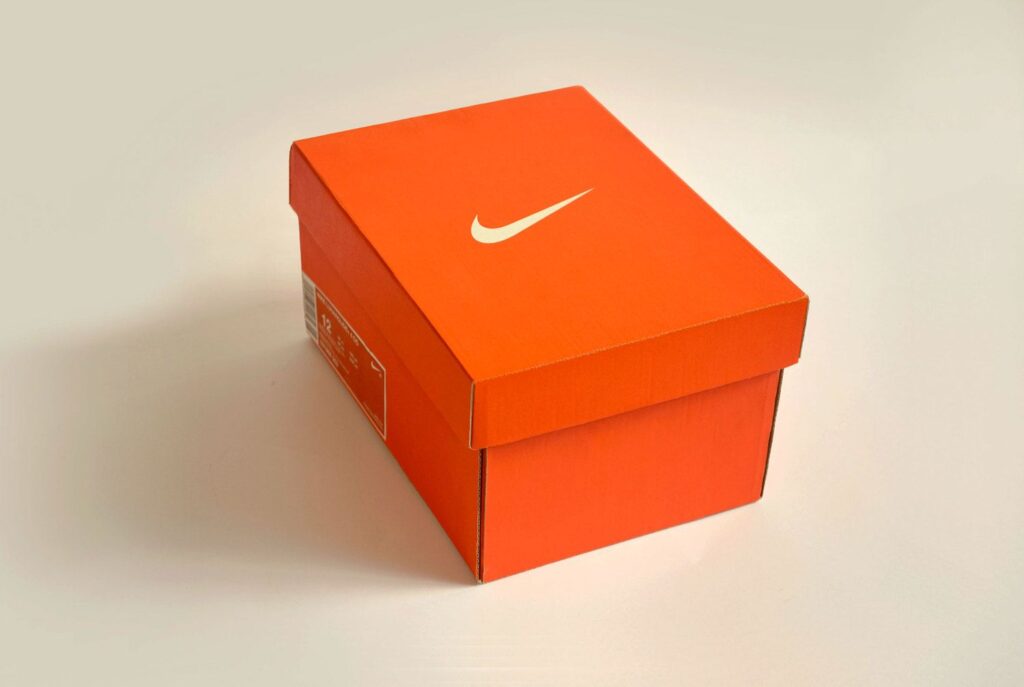‘Cheap’ster – Is Cheap Passe?

It is important to position businesses/ brands that are more aligned with what the target customers want to do and how they want to feel. There is a growing sophistication of customers, especially with their hopes and aspirations.
The Tata Nano was a path-breaking product. Launched in 2009, with a price of Rs. 1 lakh/ $2000 approximately, this was indeed an invention of sorts. While everyone anticipated that the Nano would be a resounding success, the car flopped!
Walmart was the place with “Low prices …Always Low Prices” – a line that reinforced how cheap the merchandise was. After 19 long years, Walmart changed to become the store where you could “Save Money. Live Better”.
Coca Cola had an Rs. 5 bottle in a price-sensitive market like India but pulled the SKU out after some time.
Kishore Biyani was India’s King of Discounts, with his Big Bazaar chain of supermarkets using the ‘Isse Sasta Aur Accha Kahin Nahin’ (you won’t find it cheaper or better anywhere) tagline. 3 years back, Big Bazaar shed the cheapest tag to latch onto ‘Naye India Ka Bazaar’ (New India’s supermarket).
There is a common thread, which runs across – price and interestingly the problems associated with cheap prices or being the cheapest.
The change in the Walmart slogan is representative of the times we are in (and whichever part of the world it may be) “Save money. Live better” is a line, which shows a clear benefit. So you don’t go to Walmart because you cannot afford to go anywhere else but you go there because you want to live better.
This new positioning is aptly aligned with what people want to do and how they want to feel. They don’t want to be seen in a cheap place, but in a place that sells products at a great value (and not necessarily the cheapest). This resonates with the fact that people have aspirations that will pander to their psyche.
It is important to position businesses/ brands that are more aligned with what the target customers want to do and how they want to feel. There is a growing sophistication of customers, especially with their hopes and aspirations.
Big Bazaar is pushing premium products from chocolates to linen shirts, from denim to induction cookers, from perfumes to premium crockery. The belief is that each product will represent an upgrade to people’s lives. Big Bazaar wants to be a ‘cool’ retailer. “As a modern retailer, Big Bazaar introduces the products of tomorrow,” says Biyani.
Apart from a host of products, Big Bazaar is modernizing stores, beefing up its variety with cost not being the main factor and hoping that customers will stay loyal. “With this new campaign and the accompanying evolution in stores, we are moving to become a more product and brand-centric retailer,” adds Biyani.
Perhaps the apt observation came from Biyani -“ So whether it is products for home, fashion, food or beauty, each has been carefully selected by our merchandising teams and form a part of a storyline that captures the social change that is evident in the country,”
Both Walmart and Big Bazaar at different ends geographically sought to pull away from the bottom of the pyramid and evolve into a higher value retailer.
Moreover, there is a big negative that cheap is associated with. Cheap is akin to poor or low quality, compromises in product etc., perceptions any retailer/ marketer would not like to be associated with.
This brings us to why the Nano was a flop. Nano was very cheap. Tata made it look utilitarian. However, Indian car buyers are not utilitarian but aspirational. They want to show off their car. Tata’s marketing made sure that the car looked “cheap” and not “hip”. Its USP proved to be its stumbling block, actually reducing any aspirational value that the car would bring. No one wanted to be seen with the cheapest car. Moreover, the fires on the cars compounded the problem. There were serious questions about the quality of the car.
As we speak, Tata wants to start afresh. Repositioning it as a Smart City Car. Cheap has gone out of the window. The jury is out.
And we always thought that cheap prices meant that the products were a winner! So while price can be a strong positioning plank, it alone cannot complete the home run.
It may add further credence with the following examples:
Beefeater was an inexpensive gin in England, but when the brand was introduced in the US, it became an expensive gin and a successful one.
Corona was a cheap, working-class beer in Mexico. But in the US, it was positioned as an expensive, imported beer. Corona went on to become the largest-selling imported beer in America and one of the top 100 global brands.



